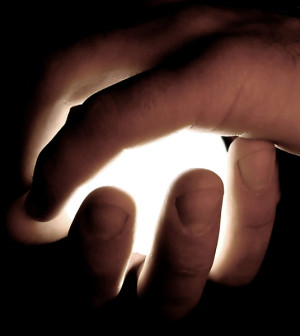- Navigating Your Midlife Crisis: Embracing New Possibilities
- City Raccoons Showing Signs of Domestication
- Mapping the Exposome: Science Broadens Focus to Environmental Disease Triggers
- One Week Less on Social Media Linked to Better Mental Health
- Your Brain Changes in Stages as You Age, Study Finds
- Some Suicide Victims Show No Typical Warning Signs, Study Finds
- ByHeart Formula Faces Lawsuits After Babies Sickened With Botulism
- Switch to Vegan Diet Could Cut Your Greenhouse Gas Emissions in Half
- Regular Bedtime Does Wonders for Blood Pressure
- Dining Alone Could Mean Worse Nutrition for Seniors
Artists’ Brushstrokes May Offer First Hints of Brain Disease

An artist’s work may reveal early signs of progressive brain disease, a new study suggests.
Researchers examined the brushstrokes in nearly 2,100 paintings from seven famous artists.
Two (Salvador Dali and Norval Morrisseau) had Parkinson’s disease, two (James Brooks and Willem de Kooning) had Alzheimer’s disease, and three (Marc Chagall, Pablo Picasso and Claude Monet) had no known neurodegenerative disorders.
The results showed clear patterns of change in the works of the artists with neurodegenerative disorders, compared to those with no brain diseases.
“Art has long been embraced by psychologists an effective method of improving the quality of life for those persons living with cognitive disorders,” study author Alex Forsythe said. Forsythe is a senior lecturer and director of studies in applied psychology at the University of Liverpool in England.
“We have built on this tradition by unpicking artists ‘handwriting’ through the analysis of their individual connection with the brush and paint. This process offers the potential for the detection of emerging neurological problems,” she said in a university news release.
The study was published Dec. 29 in the journal Neuropsychology.
More information
The U.S. National Institute on Aging has more about Alzheimer’s disease.
Source: HealthDay
Copyright © 2025 HealthDay. All rights reserved.










